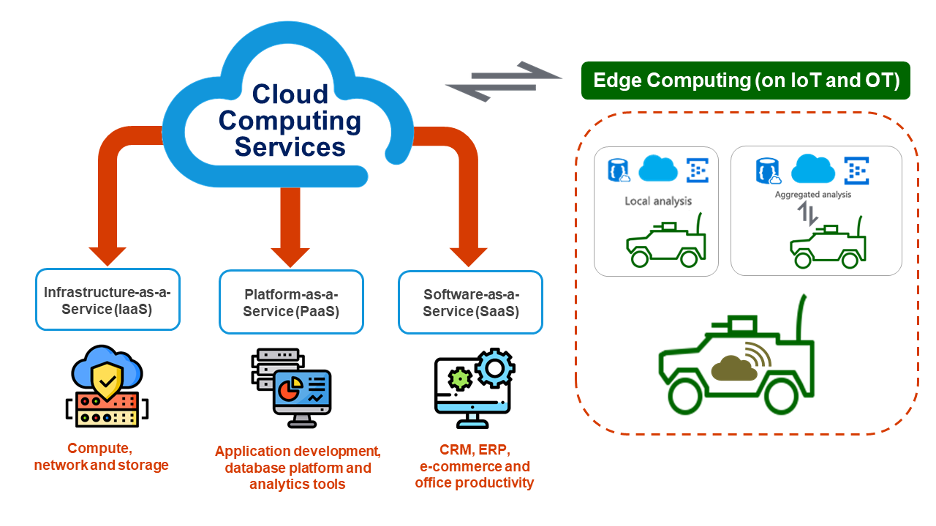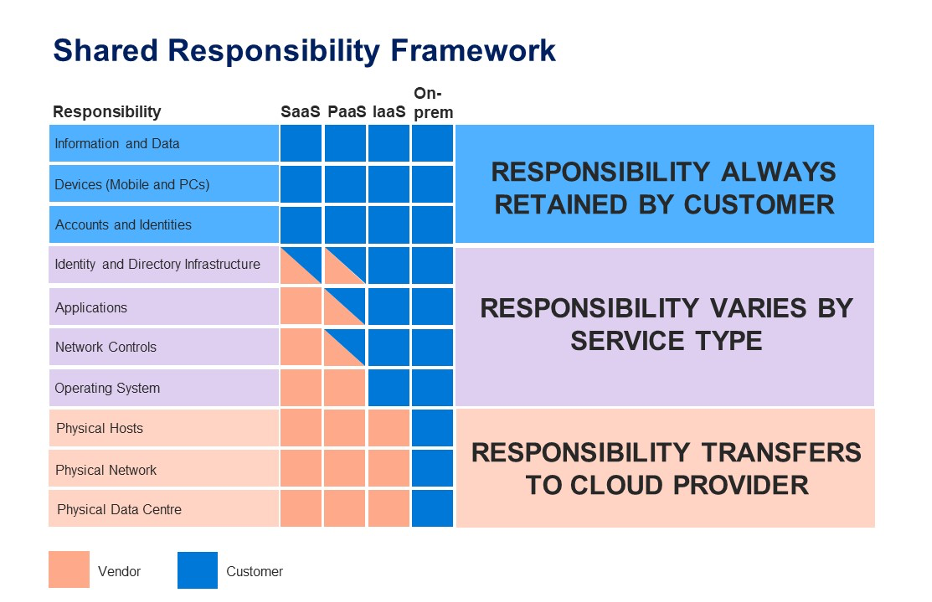How can businesses accelerate cloud adoption and sustain resilient operations with effective cloud management and governance.
If there is one thing the COVID-19 pandemic has taught us, it is that cloud technology will power the future.
We have witnessed how organisations across the globe use cloud-based services to operate seamlessly amid this unprecedented crisis. Cloud computing emerges as the essential technology to empower many organisations and people to do more businesses online and scale faster, communicate and collaborate real-time virtually, reach out to customers globally and respond quickly to changing demands. It also enables services reliability, availability, and operations resilience.
According to a 2020 study by market research firm Fortune Business Insights, the global cloud computing market size is projected to reach a substantial USD760.98 billion by 2027.

With wide variety of computing services enabled via Cloud, it is the key to agility, innovation, and resilience for organisations. They are able to reduce capital expenditures by leveraging cloud consumption “pay-as-you-go” model while allowing scalability as businesses expand. Though there are upsides in adopting Cloud services, there are some concerns that need to be addressed. According to respondents based on IT analytics company, Flexera annual state of the cloud report 2020:
⦁ Security is one of the top concern with 81% rating
⦁ Cloud adoption/migration spending – in the same report, public cloud spend exceeded budget by an average of 23% and so is wasted spending by an estimate of the low 3% to the high 35%. With this exorbitant investment on public cloud, it is inevitable that organisations are challenged to forecast for future cloud spending and apprehensive to adopt multi-cloud advancement with limited knowledge on how cost can be optimised.
⦁ Lack of resources and expertise to juggle the complexity of integration and management across different technology stacks and cloud services providers, as 93% respondents have a multi-cloud strategy that combines multiple public and private clouds
One of the key concerns in preventing businesses from adopting cloud-based technology is security.
Organisations need to take into consideration the Shared Responsibility Framework when selecting a technology stack and their roles and responsibility. Standards such as NIST – the National Institute of Standards and Technology (Special Publication 500-292) and PCI, the Payment Card Industry Standards Council (Information Supplement: PCI Data Security Standards DSS Cloud Computing Guidelines) provide guidance on security controls and the compliance requirements.

Image credits to https://gallery.technet.microsoft.com/Shared-Responsibilities-81d0ff91
A critical part of the cloud adoption is ensuring the organisation stays secure across its data and workloads. The current hybrid multi-cloud model, with a growing list of security tools as well as native controls available from the Cloud Service Providers (CSPs) and on premises private cloud, can lead to fragmented security solutions and a decrease in threat visibility. Inconsistent security measures can expose vulnerabilities that hackers can exploit. This may lead to ransomware attack, data theft and personal information leakage, unplanned downtimes and serious loss of revenue, and reputation risks.
Our partnership with US based cybersecurity giant, Telos Corporation, helps companies work around both on security controls inheritance across clouds, and continuous monitoring on compliance and governance. By automating continuous assessment of their clouds, on premises and hybrid environments, our security solution, Xacta 360 provides organisations a comprehensive view of their security and compliance posture in real-time. Not only does it enable organisations to focus their efforts on mitigating identified risks, it also ensures that they are audit-ready and reports can be generated easily.
Modernisation and cloud migration are key concerns after security. After invested huge amount in creating legacy systems, it is not surprising that organisations are often reluctant to shift to cloud technology. There is also the concern of choosing the right approach to mitigate and manage risks of cloud adoption.
Organisations could pick a combination of the “6 Rs” strategies for their type of legacy systems they want to modernise and devise their migration approach.

For the first 4 Rs, applications are migrated to the Cloud, but with differing extents as to how much the applications are modified to function in the cloud environment.
Apart from the 6 Rs, there’s “Retiring”, where several workloads that are no longer used but have been kept running, could be decommissioned.
With multiple options available, organisations may not have sufficient information to determine the best course of action. To avoid this hassle, an application assessment and discovery program for enterprises can be deployed.
By leveraging tools and methods, we can scan the organisation’s existing legacy applications and infrastructure within 2-4 weeks and advise on the current state visibility and recommended methods of migration. This helps enterprises speed up in application profiling and infrastructure inventory collection, discover assets that are not registered, save efforts in manpower and costs.
Another key concern is the complexity of integration and management across different technology stacks and cloud services providers. While building a solid cloud management platform ensures security and data protection, it can also mean synergy and opportunities for automation, federation, orchestration and management controls. Our experience in design, build and operate private cloud, Software Defined Data Centre Infrastructure Service have provided us deep insights and lessons learnt in integration and testing multiple technologies of systems with firewall, security, services automation and management.
With the exponential growth in intelligent sensors and mobile devices coupled with technologies like Internet of Things (IoT), Operation Technology (OT), Augmented Reality (AR), the focus has shifted towards gaining real-time responses along with support for context-awareness and sense making. There is a need to bring cloud capabilities to edge computing of the networks to bring about workload portability in containerisation and Kubernetes across clouds and edge. This can be achieved with a comprehensive cloud management platform and suites of software modules in control plane, data management, data transportation acceleration, network fabric, and multi-access edge (MEC) and cloud management.
With cloud computing changing work processes, organisations should tap on these technologies to remain at the forefront of this digital transformation. As the saying goes, every cloud has its silver lining. It is imperative to stay resilient and thrive with smart hybrid clouds capabilities in the dynamic world.
Contact us